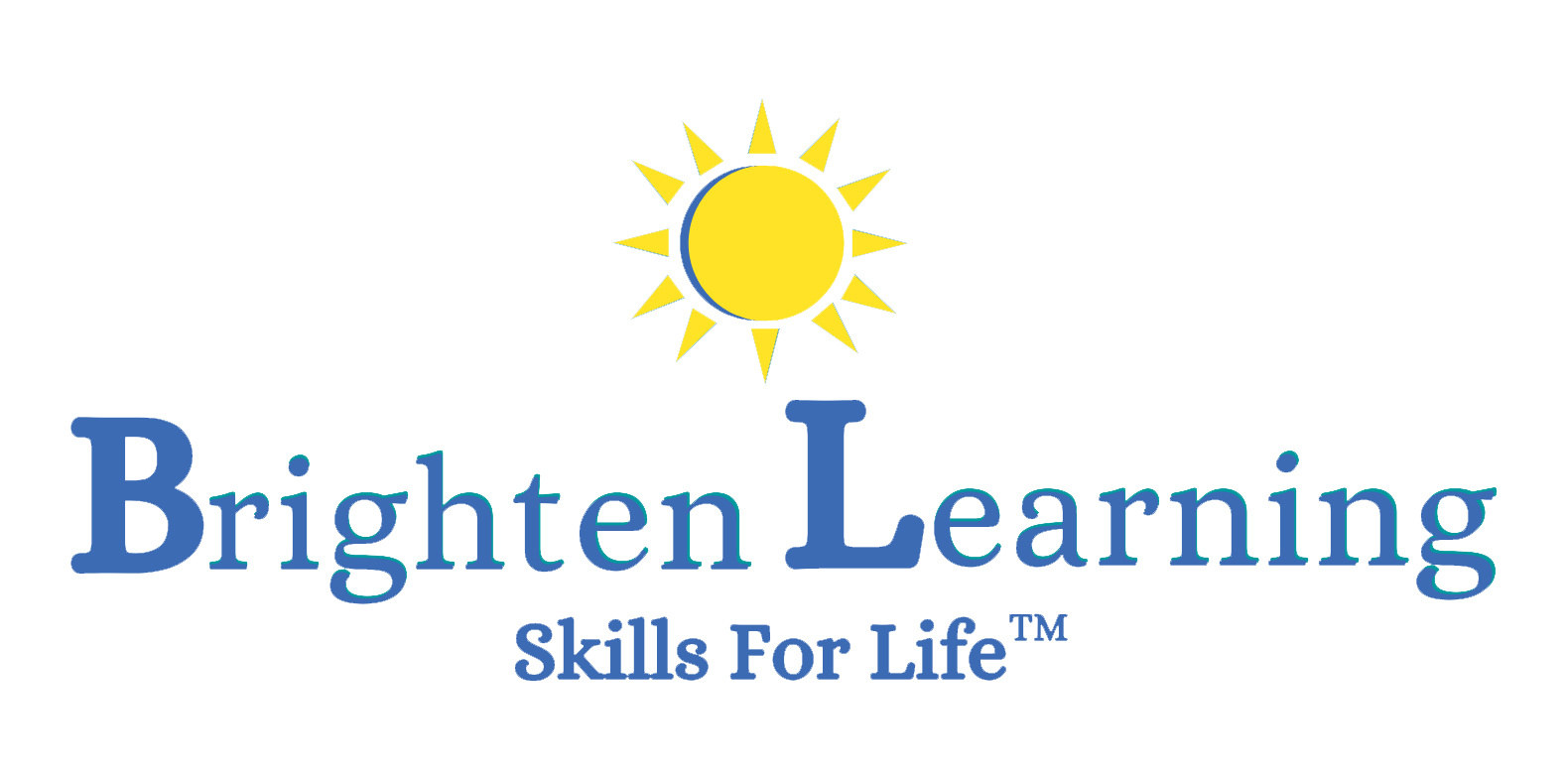On September 21st, 2012, the state of California signed into law AB 1729. Effective as…
The California Department of Education Is Putting Its Money Where Its Mouth Is
 At the beginning of 2013-2014 school year, the California Department of Education rolled out its Local Control Funding Formula (LCFF). The goal of the LCFF is to simplify how State funding is provided to local education agencies. The old system of funding was based on a revenue limit multiplied by the school district’s average daily attendance. With LCFF, the State has dropped its 40-year-old system; it has created a new method of funding that eliminates revenue limits and targets student profiles.
At the beginning of 2013-2014 school year, the California Department of Education rolled out its Local Control Funding Formula (LCFF). The goal of the LCFF is to simplify how State funding is provided to local education agencies. The old system of funding was based on a revenue limit multiplied by the school district’s average daily attendance. With LCFF, the State has dropped its 40-year-old system; it has created a new method of funding that eliminates revenue limits and targets student profiles.
Parent-Teacher Associations Will Play Key Roles
The LCFF requires each school district to involve parents, teachers, and educators in creating a Local Control and Accountability Plan. This plan has eight areas of focus that reflect factors in and out of the classroom that shape students’ academic success. These areas include:
• basic services
• implementation of State standards
• course access
• student achievement
• other student outcomes
• student engagement
• parent involvement
• school climate
Altogether, the LCFF works to ensure that funding goes to support high quality educational programs — from fully credentialed teachers in each subject area to ensuring that school programs provide equal opportunity for each student.
The top notch educational programs are not the only part of a good school. The quality of the school social climate is just as important. With this in mind, the State designated half of the funding areas to maintaining the school climate and academic environment. These areas include:
• student health
• safety
• student discipline
• school connectedness
The State measures school connectedness through suspension and expulsion rates as well as surveys from students, teachers, and parents. The State also focuses on student engagement; the school should provide stimulating programs and course work that promote attendance and graduation. The State measures engagement through attendance rates, dropout rates, and graduation rates.
Even though the State introduced its LCFF plan, in some cases it still provides grants based on average daily attendance. The State provides school districts and charter schools a uniform base grant based on average daily attendance.
In Summary
The new LCFF plan gives school districts an opportunity to not only invest in the academic learning of students, but social-emotional learning as well. The LCFF involves the school’s parents, teachers, and staff in defining both academic and social learning programs. These programs should be designed to create an engaging and successful classroom environment. By investing in both aspects of children’s education, schools are supporting children’s academic success to the fullest extent. The academic and social-emotional programs work together to help students mature and connect to the academic environment. This, in turn, fosters a stronger will to learn. This new funding plan helps school districts promote better attendance and graduation rates by creating positive and engaging classroom environments.
